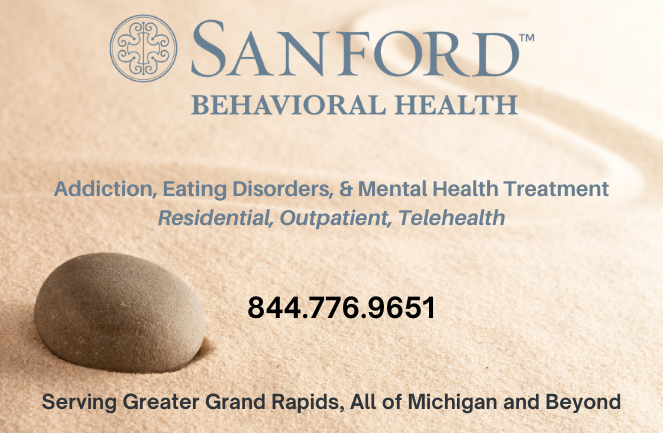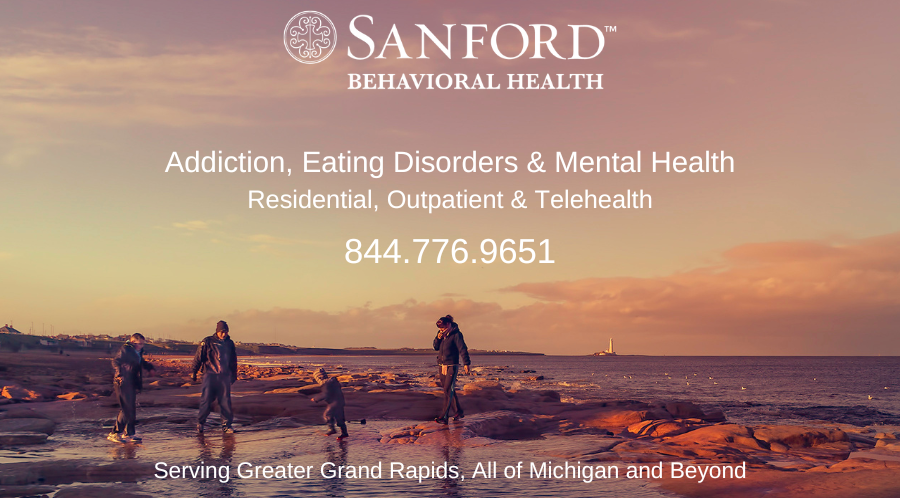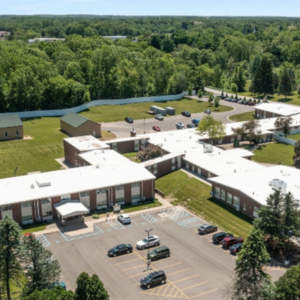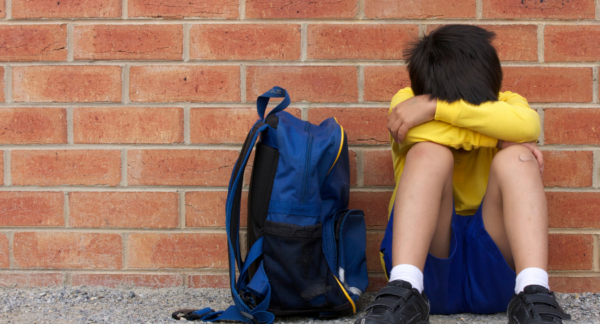Suicide Prevention – Resources for Loved Ones & Professionals

Suicide prevention is a two-part public health response to death by suicide.
September is Suicide Prevention Month, and we sat down with Sanford Clinical Liaison Lisa (Murphy) Rector, MA-LPC, NCC, for the Limelight Interview. Lisa has worked in the mental health field since 1997. She is the Co-chair of the Macomb County Suicide Prevention Coalition. Lisa’s career began on the Wayne County Crisis Line, answering crisis/suicide calls for three years. After obtaining her master’s degree, she worked for 18 years as a counselor for their grant-funded mobile crisis response team, providing crisis assessments and community outreach. She is a suicide prevention advocate who likes to work in her garden and read in her free time.

Limelight Interview with Lisa (Murphy) Rector, MA-LPC, NCC
SBH – What does suicide prevention mean to you?
Lisa Rector – Suicide prevention is a two-part public health response to death by suicide. For the public, it involves awareness campaigns, training, and education about the risk factors, warning signs, and protective factors that help keep people safe. The professional part of suicide prevention involves research and training mental health and healthcare professionals on screening instruments, assessments, safety planning, and when to move people into higher levels of care.
SBH – What should a layperson do to prevent suicide?
Lisa Rector – For anyone in the public who is interested in learning more about suicide prevention, the training that I recommend is called QPR: question, persuade, refer. QPR trains the average person that it is okay to ask the question, “Are you having thoughts of suicide?”
Persuade shows them you’re comfortable directing them toward available help. This could be their doctor’s or therapist’s office or an emergency screening center. Finally, referral goes hand-in-hand with persuasion. The most important thing is that the person acknowledges they are having suicidal thoughts, understands that you are not leaving them alone, and will help get them connected to immediate intervention.
SBH – What are the warning signs?
Lisa Rector – There are risk factors, and when you look at it from a risk factor and then see warning signs, you know it could be getting more dangerous for this person. Risk factors include mental health issues, substance use issues, or a recent significant and upsetting change in their life, like a job or relationship loss. When I worked in the emergency room, many people who had attempted suicide had a series of events happen that left them in an unstable situation, unable to cope with the cumulative effect. The warning signs can be exhibiting higher stress levels, sleep or appetite disruption, erratic moods, and more.
If someone has decided to die by suicide, they may give belongings away, write goodbye notes, or say cryptic things and talk about death. If you know this person, the picture doesn’t look right.
SBH – Are there occupations or demographics that make someone susceptible to suicidal ideation?
Lisa Rector – People with mental health or substance use issues are at higher risk for suicidal thoughts and behaviors. So, if you have somebody with those issues in your immediate world, you’re more likely to have to deal with suicidal ideation. Frontline workers and emergency service providers are at high risk. Construction workers and veterinarians are at increased risk. Middle-aged white men are at very high risk; they are not help seekers.
SBH – What can professionals do to prevent suicide?
Lisa Rector – Only recently, mental health and healthcare professionals have been getting specific suicide assessment training. Sadly, it is often outside the context of school or after the fact. Professionals should be asking about suicide regularly. Further, they must understand the difference between non-suicidal self-injury and suicidal thoughts and behaviors.
Professionals should prepare their clients to be in crisis and know what to do. AMSR Training is the gold standard: a six-hour-long training for clinicians to assess and manage suicide risk. As professionals, we don’t have a crystal ball. We cannot predict suicide, but we can plan for safety and understand the resources in our communities. As an outpatient provider, if my patient is no longer safe at home, it behooves me to know the next steps to a higher level of care.
SBH – Are resources available?
Lisa Rector – The lack of suicide prevention in schools is a bit understandable because those resources look different in every community. And it looks different from state to state based on mental health codes and insurance laws. In Michigan, there are areas with no inpatient psychiatric units available. So, from a community perspective, that can be a hardship. Telehealth has undoubtedly helped bridge the gap, especially for family therapy or support sessions. Most of the resources at the end of this article are nationally available.
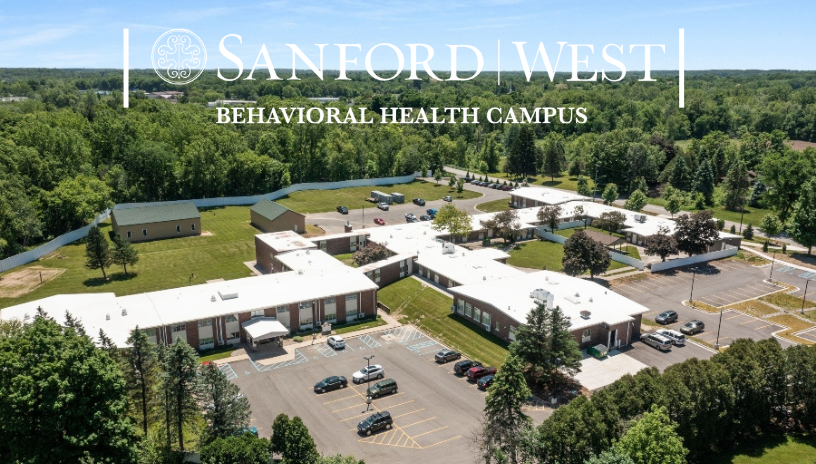
Serving Greater Grand Rapids, All of Michigan & Beyond – addiction, eating disorders, mental health. Call today for information or admissions 616.202.3326 ex1
SBH – Anything else you would like to tell us about suicide prevention?
Lisa Rector – Yes. Nearly 50% of the suicide deaths in the United States are by firearms, and almost 50% of the deaths by firearms are suicides. So the overarching suicide prevention message in our country is that if you’re concerned about somebody having suicidal thoughts increasing towards plans or actions, and they own a gun, you must have a conversation about their access to lethal means. Say something like, “Can we do something to ensure your gun is safe while you are in crisis?” There are many options to secure a firearm temporarily. Counseling on Access to Firearms is a free online course for healthcare and social services providers.
SBH – Lastly, please tell us about the 988 Suicide and Crisis Lifeline
Lisa Rector – When you dial 988, it will automatically route to an accredited crisis line associated with your area code. If you know your local area crisis line, call it directly.
Thanks, Lisa!
Suicide Prevention Resources
https://www.samhsa.gov/suicide
(Suicide Prevention Information)
(SAMHSA Suicide Information)
(Organizational Model for Suicide Safer Treatment)
(Training for General Public or Non-Clinical Healthcare Staff)
https://solutions.edc.org/solutions/zero-suicide-institute/amsr/amsr-services/amsr-training
(Great Training for Clinicians)
(American Association for Suicidology)
(Conference on Suicide – January in Metro Detroit)
